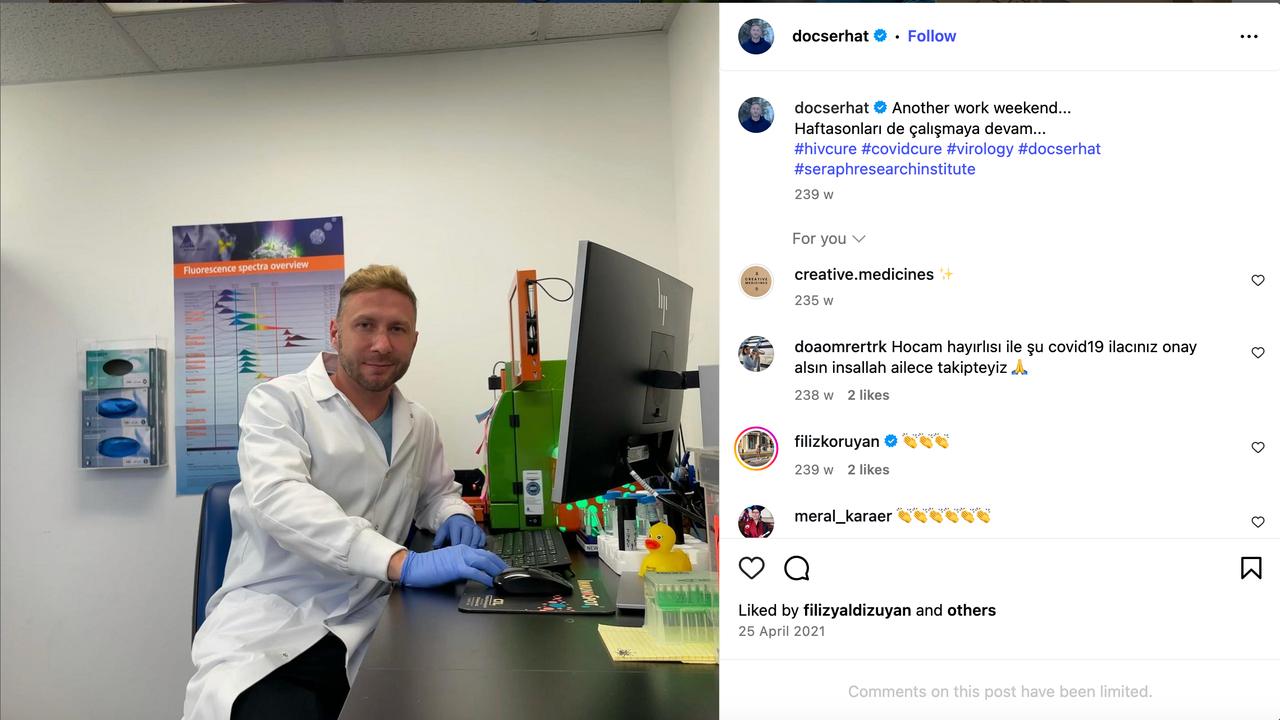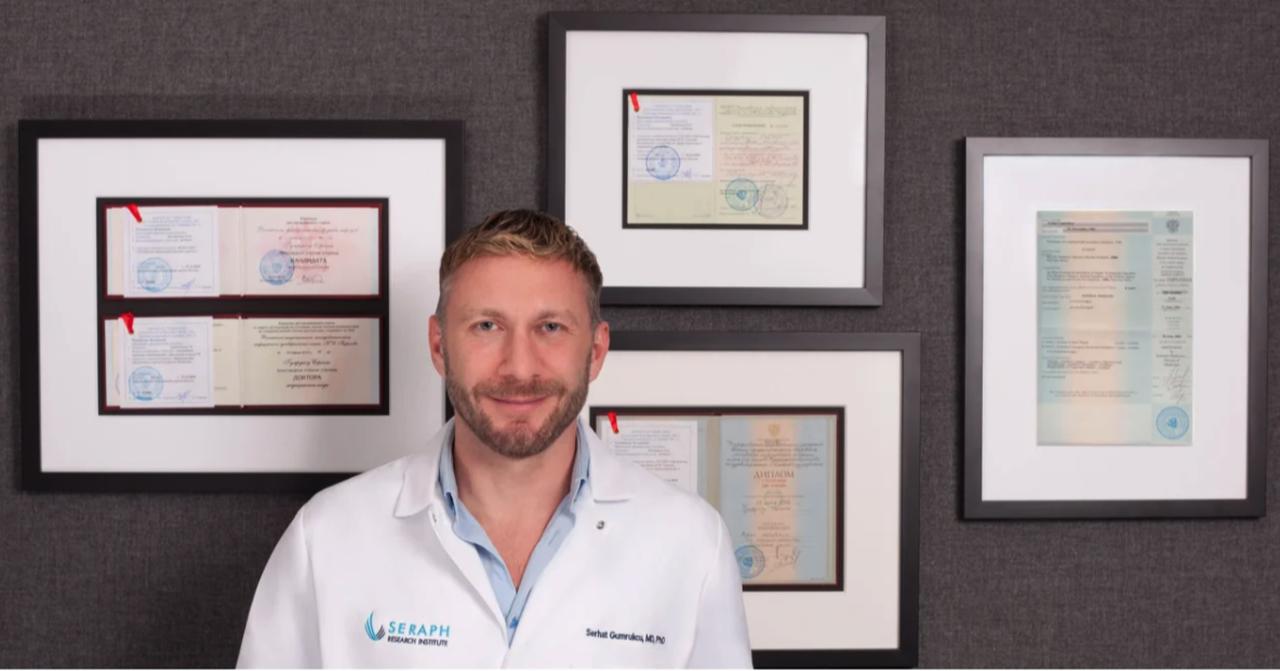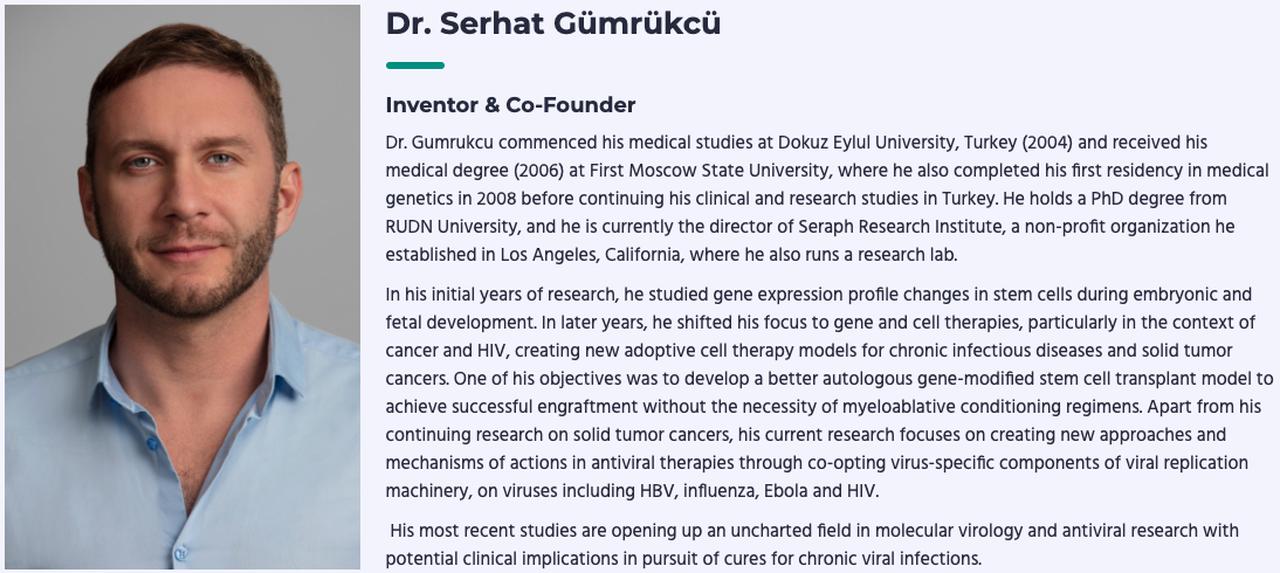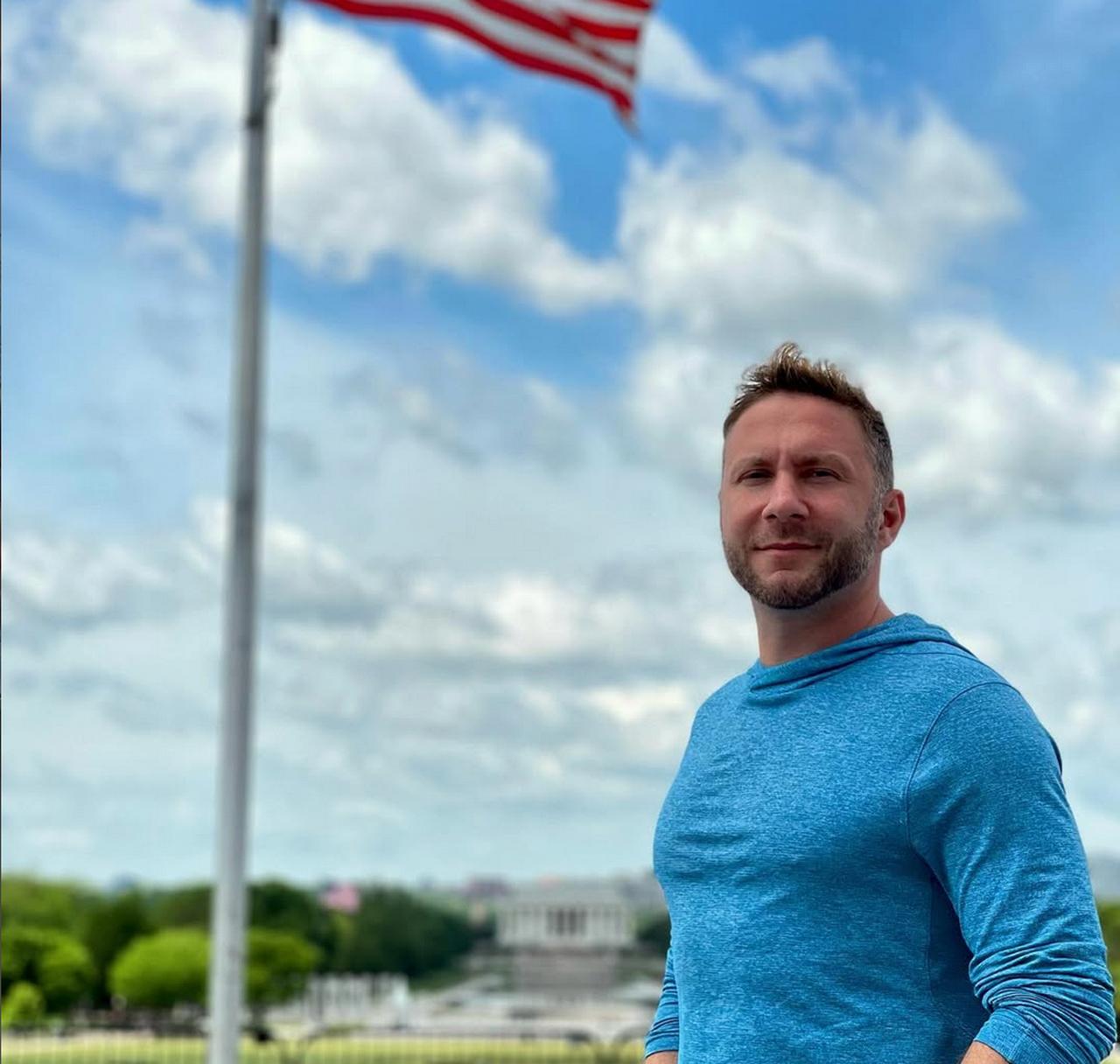
A U.S. federal judge sentenced Serhat Gumrukcu to life imprisonment on Nov. 24, 2025, for orchestrating the murder-for-hire of Vermont businessman Gregory Davis, bringing an end to a case that stretched across seven years and multiple jurisdictions.
Judge Christina Reiss described the crimes as “brutal” and “brazen,” concluding that Gumrukcu alone had the motive to silence Davis and that his testimony amounted to perjury and obstruction of justice.
The life term was mandatory under federal law, but the court also imposed $1.36 million in restitution, divided among the four men involved. For Davis’ family, it represents the estimated earnings he would have made through retirement.
Gumrukcu, a 43-year-old Turkish national who lived in Los Angeles for about a decade, insisted in court that he “didn’t plan it” and “didn’t know about it.”
The judge rejected those claims in light of the jury’s April 2025 verdicts on:
Three co-conspirators had already pleaded guilty and testified against him. Their sentences, imposed in September 2025, ranged from 110 to 200 months in federal prison.

On Jan. 6, 2018, a man in a white-hat impersonated a deputy U.S. marshal, arrived at Gregory Davis’s home in Danville, Vermont, announced a sham arrest for racketeering, and took Davis away in handcuffs.
A few miles from the house, at a roadside pull-off in Barnet, the kidnapper ordered Davis out of the vehicle and shot him multiple times. Davis’s body was found the next day in a snowbank near his home.
The father of six left behind a pregnant wife and a young family that would soon become seven children, without their father.
Investigators assembled the case through a detailed digital and financial trail.
According to prosecutors, critical evidence included:
The government said Gumrukcu lied twice in FBI interviews during this early period, a finding Judge Reiss later described as perjury contributing to obstruction of justice, as reported by VTDigger.
Prosecutors described the conspiracy as a four-man chain:
In court, Assistant U.S. Attorney Zachary Stendig argued that Gumrukcu’s public claims of non-violence could not erase Davis’ death, stating that the murder would define his life. Defense counsel disputed that Gumrukcu obstructed justice, but Judge Reiss firmly disagreed.

Before his arrest, Serhat Gumrukcu lived in Los Angeles as a biotechnology figure who mingled with actors, producers, and investors.
He presented himself as a visionary who could deliver transformative treatments for cancer, hepatitis, influenza, and HIV.
In 2021, he owned an $18.4 million office complex in North Hollywood, a neighborhood in Los Angeles, and, earlier, a $5.5 million house in the Hollywood Hills, according to the Wall Street Journal's 2022 article.
According to reporting by Hindenburg Research in 2022, his public identity relied on several claims:
Investigations by journalists and researchers found that these claims did not withstand scrutiny.
Their findings, presented in 2022, included:
These findings did not come from a court ruling but from documented records reviewed by reporters. They described a person who had created a fictional scientific identity while presenting himself as a rare talent who could see possibilities others missed.

Multiple families in Türkiye and the United States told investigators and civil courts that Gumrukcu claimed to have developed miracle treatments.
The documented cases included:
These incidents contributed to a pattern that later became relevant when prosecutors argued that Gumrukcu was willing to exploit vulnerable people and falsify professional identities for financial gain.

The first major record of legal action in the United States came through real estate and financial schemes in California.
According to court filings and reporting from 2022:
These events triggered further law enforcement attention. In February 2017, California authorities arrested him on 14 felony charges, including fraud, identity theft, and passing bad checks.
The charges also included $600,000 in fraudulent checks linked to the same oil venture that eventually brought Gregory Davis into conflict with him.
On Jan. 25, 2018, less than three weeks after Davis was murdered, Gumrukcu pleaded guilty to a single felony count for passing bad checks and received probation.
California authorities later confirmed that the count was reduced to a misdemeanor after he paid more than $1 million in restitution.

By late 2017, the oil transaction that had drawn Gregory Davis into business with the Gumrukcu brothers had collapsed into suspicion and financial dispute.
Davis believed he was owed substantial payments and told his wife that he no longer trusted Serhat or Murat Gumrukcu, a point recorded in later court reporting. He also told her that he intended to take what he described as forged financial documents to federal authorities, a decision consistent with earlier civil filings that documented irregularities in the same oil venture.
The oil deal was not an isolated dispute. It had already surfaced in the California court records that led to Serhat Gumrukcu’s arrest in 2017, where $600,000 in bad checks linked to that same venture formed part of the fourteen felony charges he faced.
By the end of 2017, the matter was therefore part of a larger pattern of contested paperwork and financial irregularities rather than a single business disagreement.
At the same time, Enochian Biosciences was in the final phase of due diligence for a merger that stood to provide Gumrukcu with significant financial gain. Reporting from 2022 showed that the success of this merger depended heavily on intellectual property attributed to him and to entities he controlled.
Prosecutors later argued that Davis’s intention to report the oil dispute created a direct threat to that pending transaction. If Davis approached federal authorities, the merger risked scrutiny that could jeopardise both the deal and the public image Gumrukcu had worked for years to construct.
According to the government, this convergence created the motive that ultimately led to the murder. Davis possessed documentation that could expose earlier fraud patterns. He had already been questioned by investigators, and his plan to approach federal authorities placed Gumrukcu in immediate jeopardy.
The merger, which closed in the weeks following Davis’s death, offered Gumrukcu a substantial financial incentive to prevent any renewed investigation.
In the prosecution’s view, the decision to eliminate Davis was not an isolated act but a continuation of the same pattern visible in the California fraud cases, the unlicensed medical claims, and the constructed scientific persona on which the merger depended.

During the 2025 sentencing proceedings, Judge Reiss made clear that the court viewed the murder not as an isolated act but as an extension of the wider pattern of deception.
She said Gumrukcu had a singular motive to silence Davis and rejected his courtroom claims of innocence. Prosecutors highlighted how the oil dispute, the financial frauds, and the fabricated scientific persona converged in the decision to arrange the killing.
Melissa Davis, the widow of Gregory Davis, described how her husband’s absence had shaped every year since 2018. She offered forgiveness to all the conspirators except Gumrukcu, saying that while the others admitted their roles, he continued to present himself as the victim.
When Serhat Gumrukcu returned to federal court in Burlington in November 2025 for sentencing, he made his first public statement since the end of his five-week trial earlier that year.
He told the court that he “did not plan” the killing of Gregory Davis and “did not know about it,” insisting that he had followed his personal principles and had lived a non-violent life. Judge Christina Reiss rejected those claims without hesitation. She said the evidence showed that he alone had a clear motive to silence Davis and that his testimony amounted to perjury and obstruction of justice.
The judge told him that the life sentence was not her personal decision, since Congress had mandated it for murder for hire, but she made clear that she viewed his actions as deliberate and calculated.
Gumrukcu entered the hearing as a man already convicted on all counts. In April 2025 a federal jury found him guilty of murder for hire, conspiracy to commit murder for hire, and conspiracy to commit wire fraud.
Three co-defendants had reached plea agreements and testified against him during the trial.
These men were sentenced in September 2025:
All three sentences were followed by supervised release terms.
The government described the case as the outcome of years of investigative work by the Federal Bureau of Investigation, the Vermont State Police, and multiple federal agencies.
It emphasised the scale of collaboration needed to piece together the movements, financial records, and communications that linked the four men. Assistant U.S. Attorney Zachary Stendig said during sentencing that while Gumrukcu quoted philosophies of non violence from Gandhi, it was the murder of Davis that defined his actions and his life.
The court also imposed a restitution order requiring all four defendants to contribute to a total payment of $1.36 million to Davis’s family. Prosecutors said this figure reflected the estimated earnings Davis would have made until retirement.
Each defendant’s contribution would be determined largely by his future income, meaning the financial obligation will extend for years or decades. The restitution does not resolve all civil matters.
Davis’ estate has a separate wrongful death lawsuit pending in federal court in Vermont, a case that will continue independently of the criminal judgment.

Widow Melissa Davis addressed the court briefly, saying she saw no remorse from Gumrukcu and emphasising the lasting impact of her husband’s death.
Her statement echoed what prosecutors described throughout the case: that the murder was not an isolated event but the final point in a long trajectory marked by disputed ventures, civil judgments, unlicensed medical claims, falsified academic credentials, and the California felony arrest that preceded the Vermont investigation.
According to the government, these earlier incidents were not peripheral details but the structure that shaped his motive. Davis had threatened to approach federal authorities with documentation of fraud, and the timing collided with a merger that was crucial to Gumrukcu’s financial position.
Investigators argued that the same methods that defined his earlier dealings, forged paperwork, fabricated identities, and misleading financial narratives, reappeared in the decision to eliminate a business associate who had become a liability.
The sentencing brought these threads together. It marked the point at which years of patterns documented in Türkiye, California, and the biotechnology sector were confronted in a federal courtroom, resulting in a life sentence that closed the gap between the image Gumrukcu constructed and the criminal conduct uncovered by investigators.